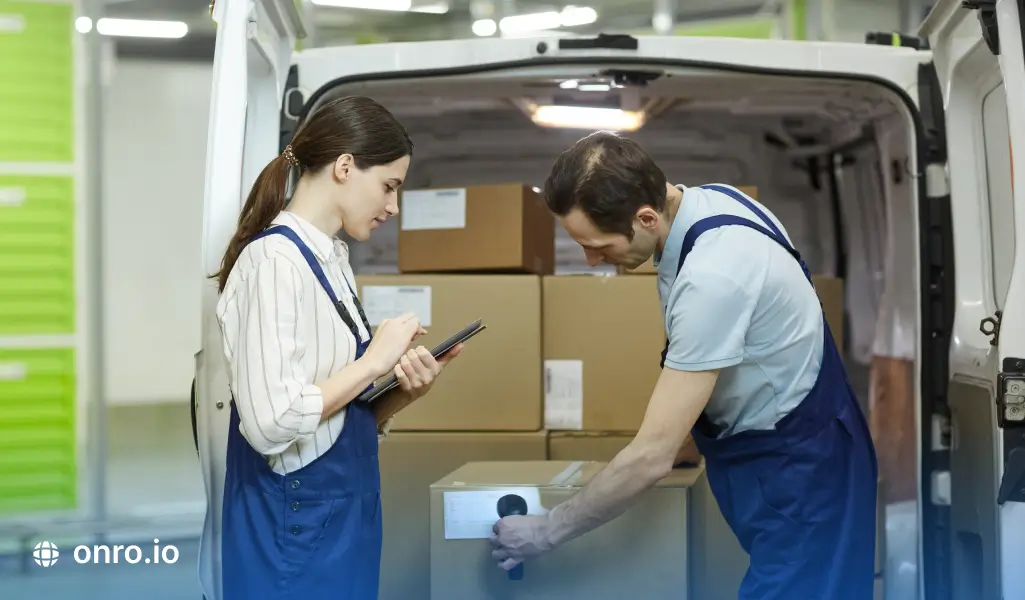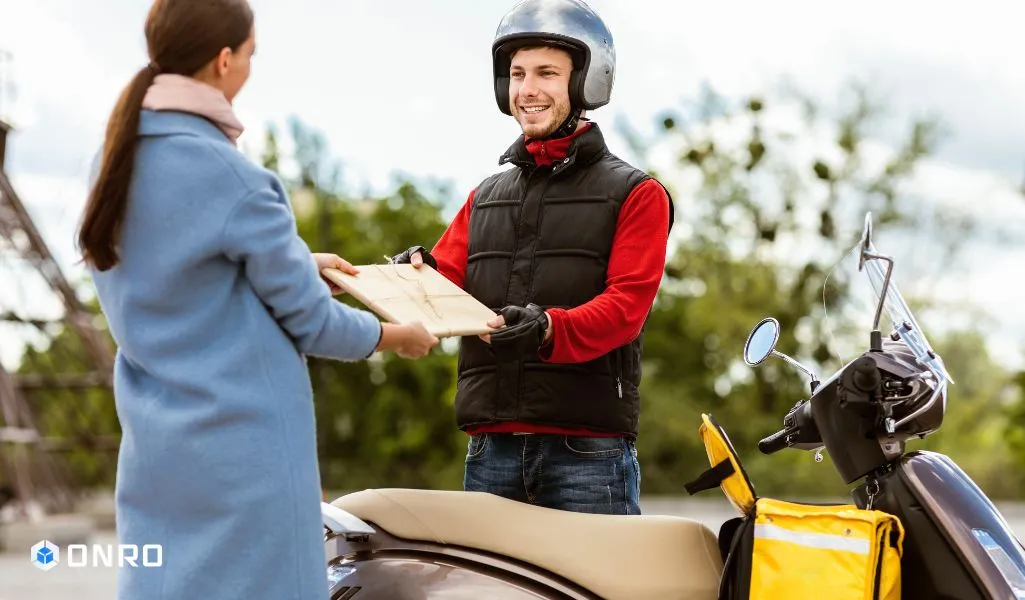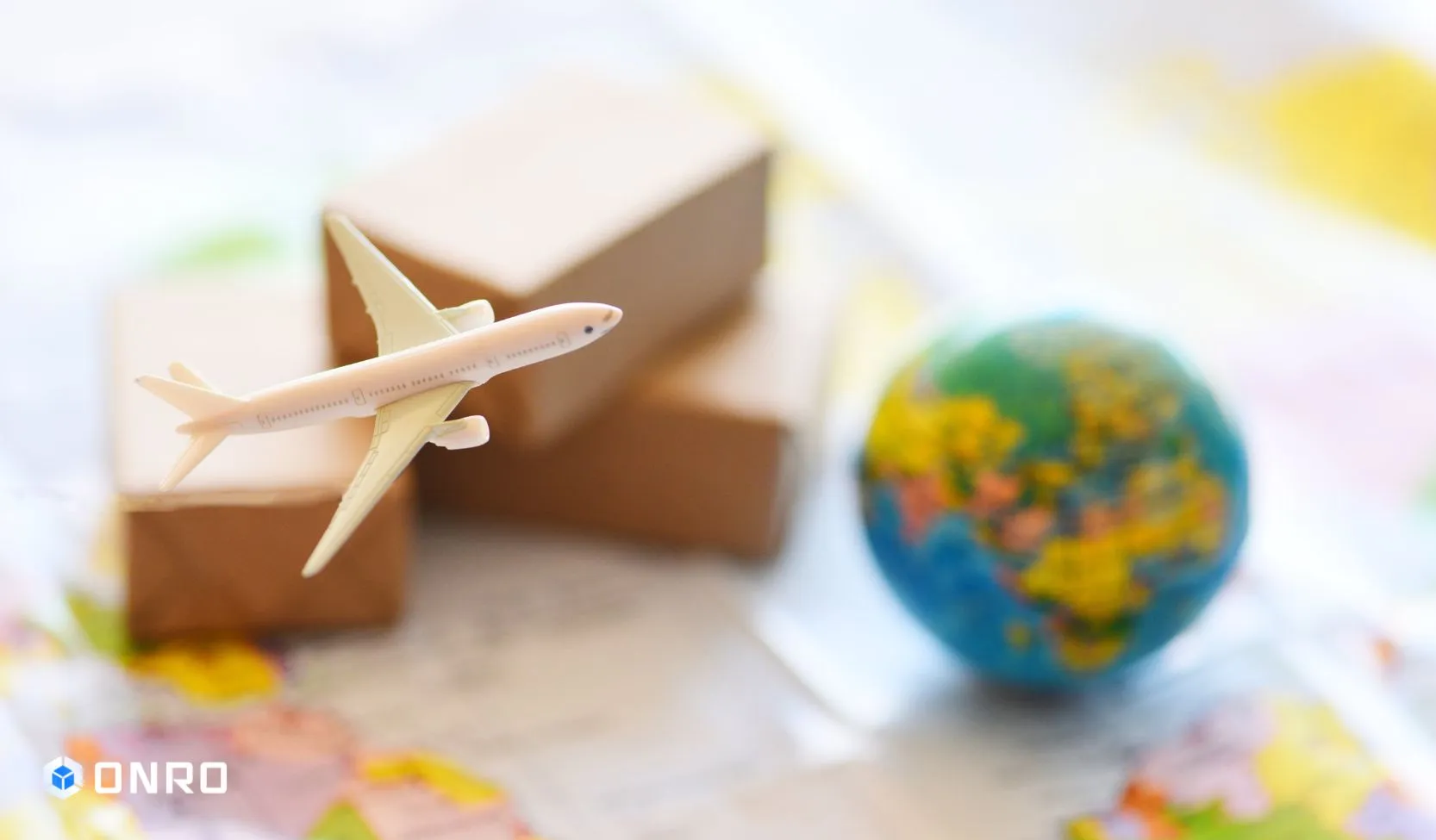The same-day delivery network has the potential to transform our shopping habits, combining online shopping with physical stores’ sense of urgency. Recently, a growing number of companies, including traditional providers of logistics services like FedEx, DHL, and UPS, have been testing and implementing innovative same-day delivery models. As consumers view same-day delivery as an attractive value, demand is expected to rise. This article will discuss Same Day Delivery as one of the types of delivery services, including its definitions, types of customers, pricing, additional services, and other features. We’ll also examine the software features that the Same Day Delivery service needs.
What the Same Day Delivery Entails?
Same-day delivery is the act of delivering a package the same day it was sent. If a package is delivered before noon, for example, it will be delivered the same day, in the afternoon. Companies that offer this service advertise it as a same-day service.
Customers
Traditionally, most companies want to deliver products as fast as possible to their clients, but this isn’t the case anymore. It would be ideal if deliveries were made on the same day. Some of these companies are:
- Online Shops
- Online Pharmacies
- Supermarkets (groceries)
- Florists
- Beverages
Typically, these companies prefer to use same-day delivery service (or next-day)
Same Day Delivery Courier Additional Services
Customers of the same-day courier companies can receive extra services on top of their leading product transfer service.
Cash on Delivery/Collection
Cash on delivery (COD) is the practice of paying for a product or service at the point of delivery.
COD payments can come in various forms, each of which will affect a company’s financial statements.
A delivery company provides such services for e-commerce businesses.
Return Management
When the delivery’s intended recipient is unavailable or unlikely to accept it, the package must be returned to the sender. For the management of returned or failed orders, the Same Day courier company must manage them.
Delivery Tracking and Monitoring
End customers (owners of packages) need to know what happened to their packages when they were collected, entered the hub, prepared for delivery, transmitted to the final destination, etc.
Having a good Deliver same-day service allows the consumer to have a current status of their package, which is one of its benefits.
Having the tracking link sent automatically when the packet exits the hub and is transferred to the final destination.
Crucial Factors for the Final-Recipient
- Live Location of the Driver
- Communication with the driver
- Estimated Arrival time of the driver
Essentially, none of the items described in this section would be feasible without courier software. As a result, the above items have been well taken care of by appropriate software.
Pricing
Since the same-day delivery service is a collection and distribution system, the prices are flat-rate. It means the activity area is divided into specific areas in advance, and fixed prices are provided and listed.
In addition, you need to consider how to pay and settle accounts with customers who receive their orders the same day. Some consumers receive their bills monthly, while others pay online, and others pay in cash.
Ways to Submit Customers’ Demands
Same-day delivery service customers may place orders in one of the following ways.
Excel File: An Excel file is sent to the company every day, containing a list of their information, including the sending and receiving addresses, the amount of Cash on Delivery, the recipient’s phone number, and the specific address.
API: If the courier company has software that connects and integrates with other systems and provides the API, customers can integrate their software systems and automatically place orders to the company.
Mobile and Web App: Offering Android and iOS mobile applications are one of the newest ways to take orders from customers. The app’s benefit is that it uses GPS to determine the actual location of the driver, who can then be tracked on the map.
Telephone: The most traditional way to transfer a product is to call the courier company and request it be shipped.
Management of The Hub
Three primary phases occur during same-day service:
Collect packages from the pickup addresses.
Sort them in a hub or warehouse.
Delivery to the final destination
In the second stage, a courier company manages the hub, including sorting and managing shelves. The company may have over one hub, in which case the company must know which packages are in each hub.
If you are looking for the right software for your business, you can test the Onro demo for free. To get access, please fill out the form below.
Try Onro for Free
Get your free access to the Onro Fully White-label Courier Software.
Originally published October 15, 2021 8:07 am, updated Tuesday, 29 August 2023.



